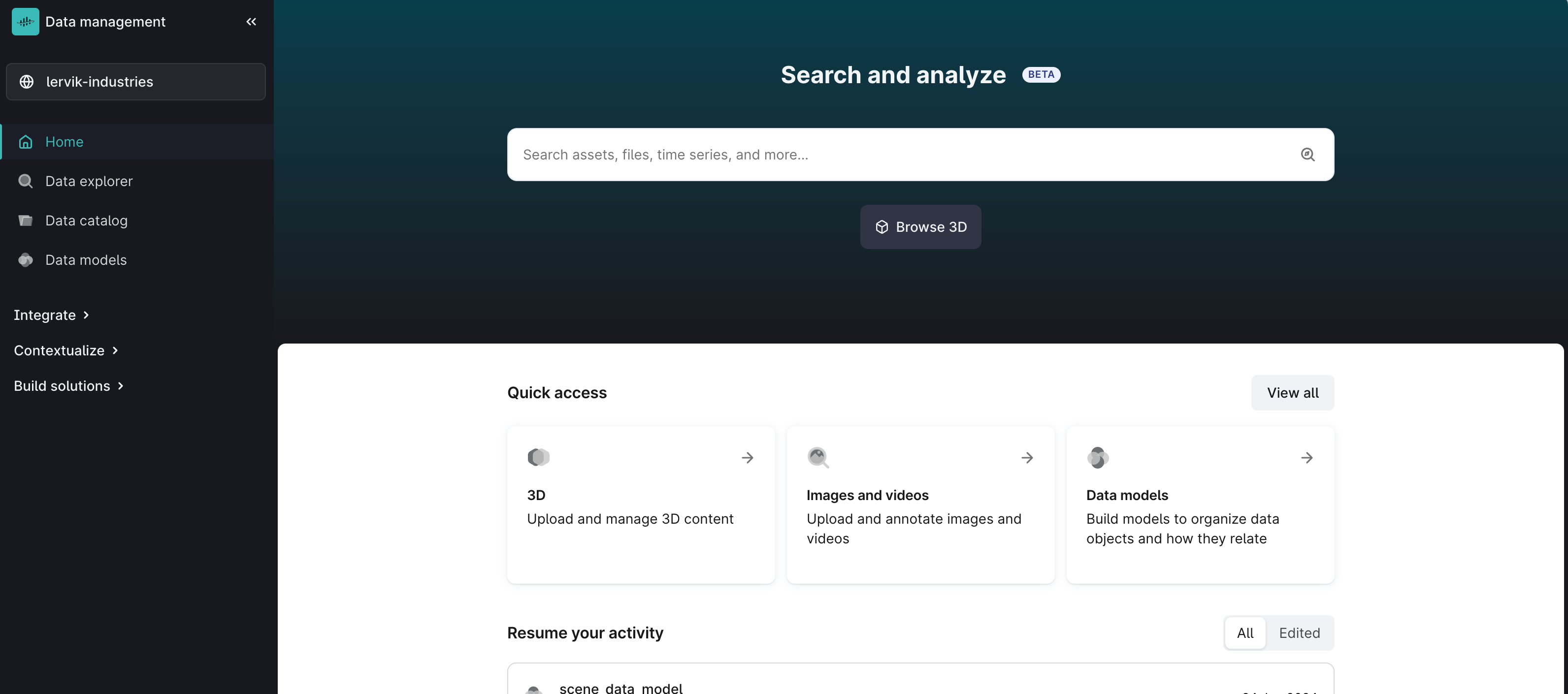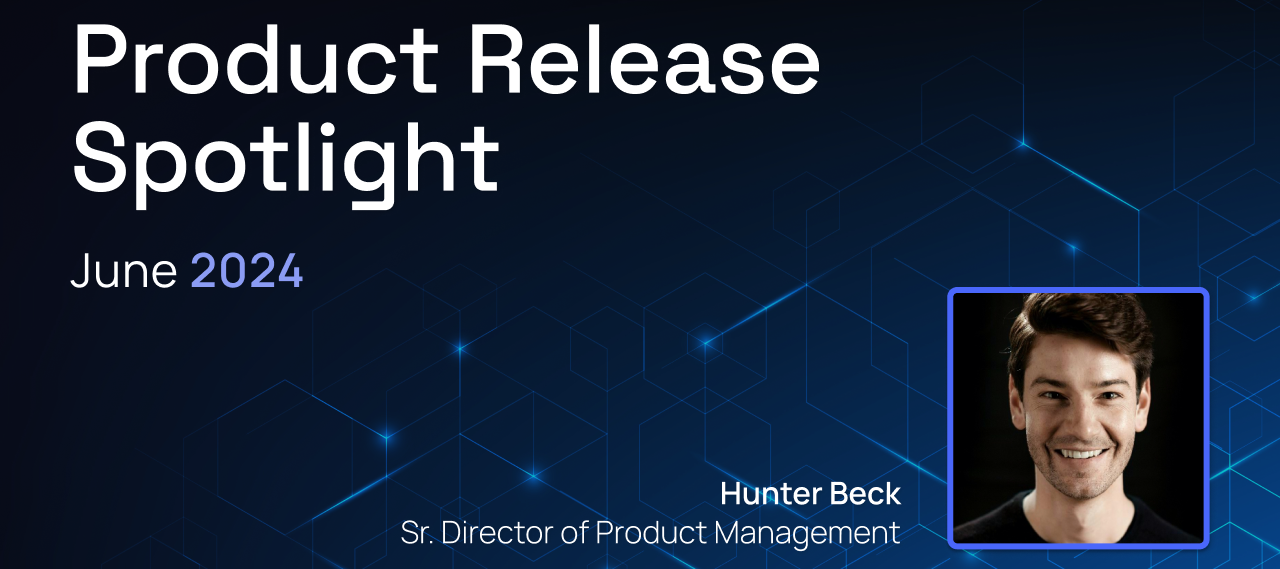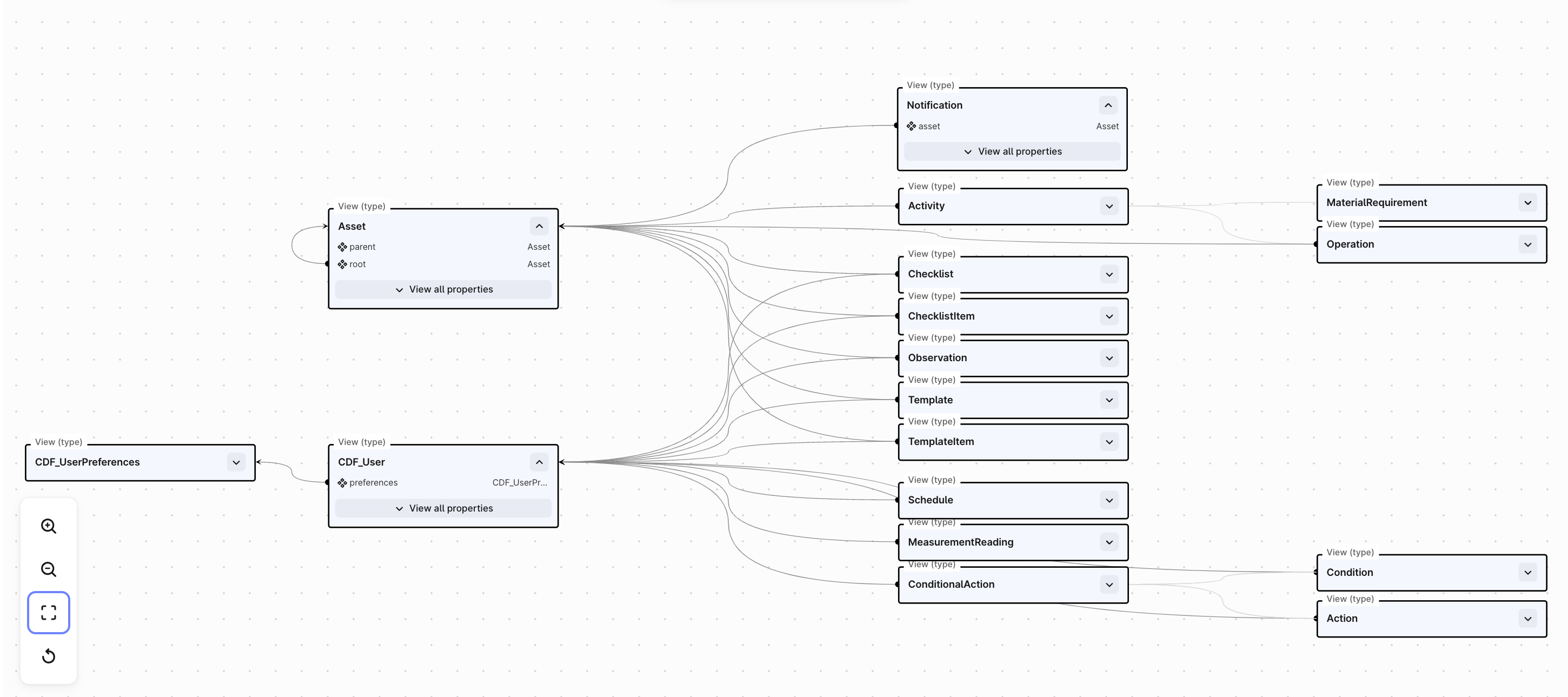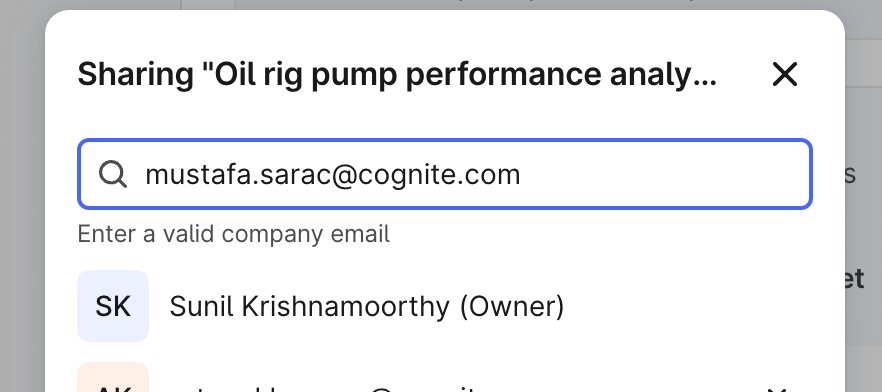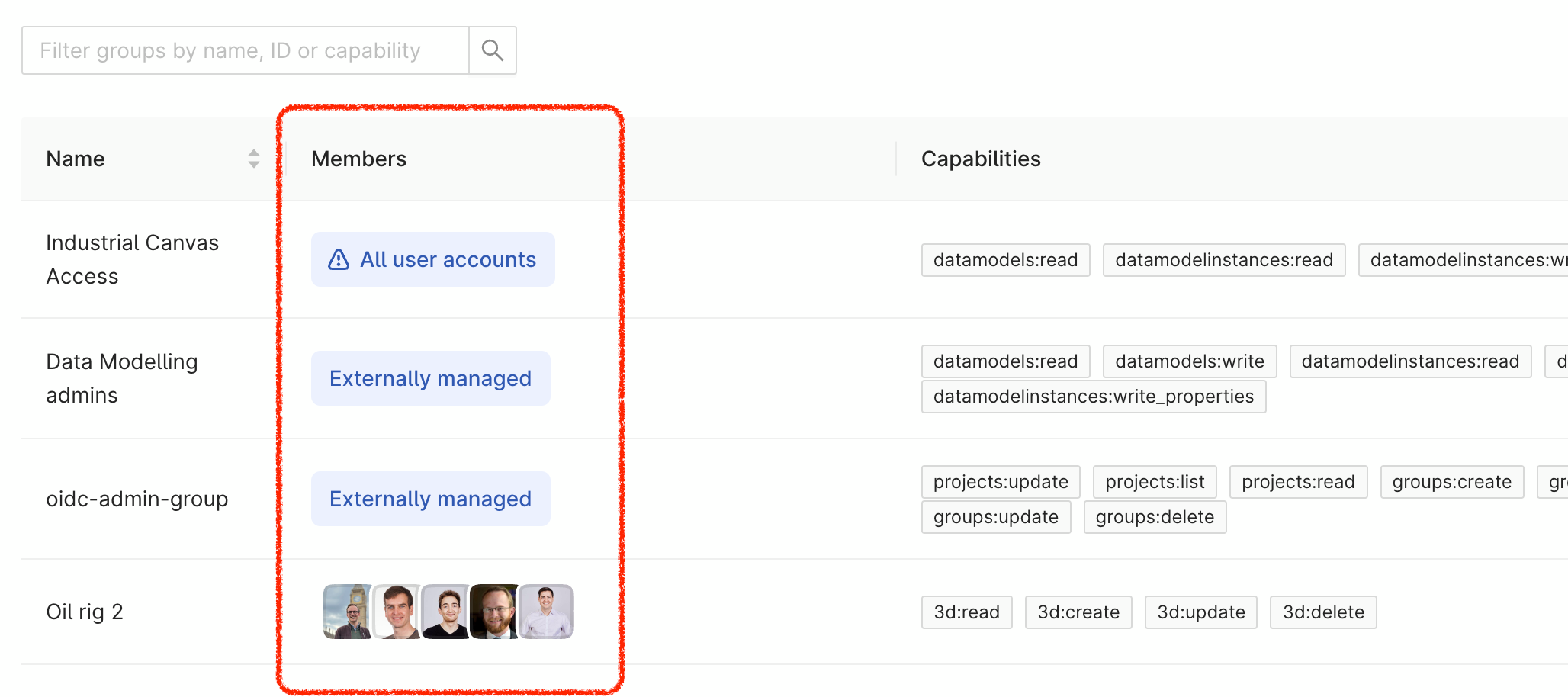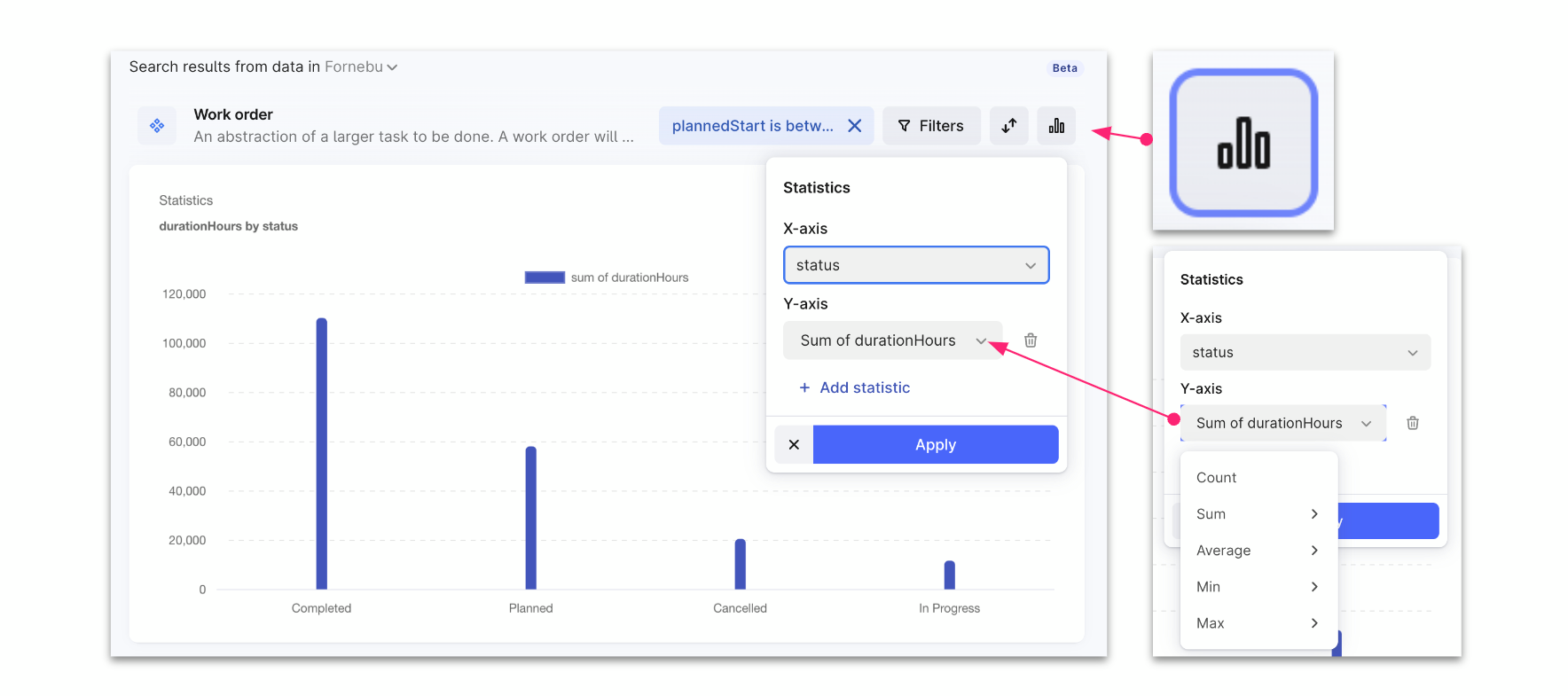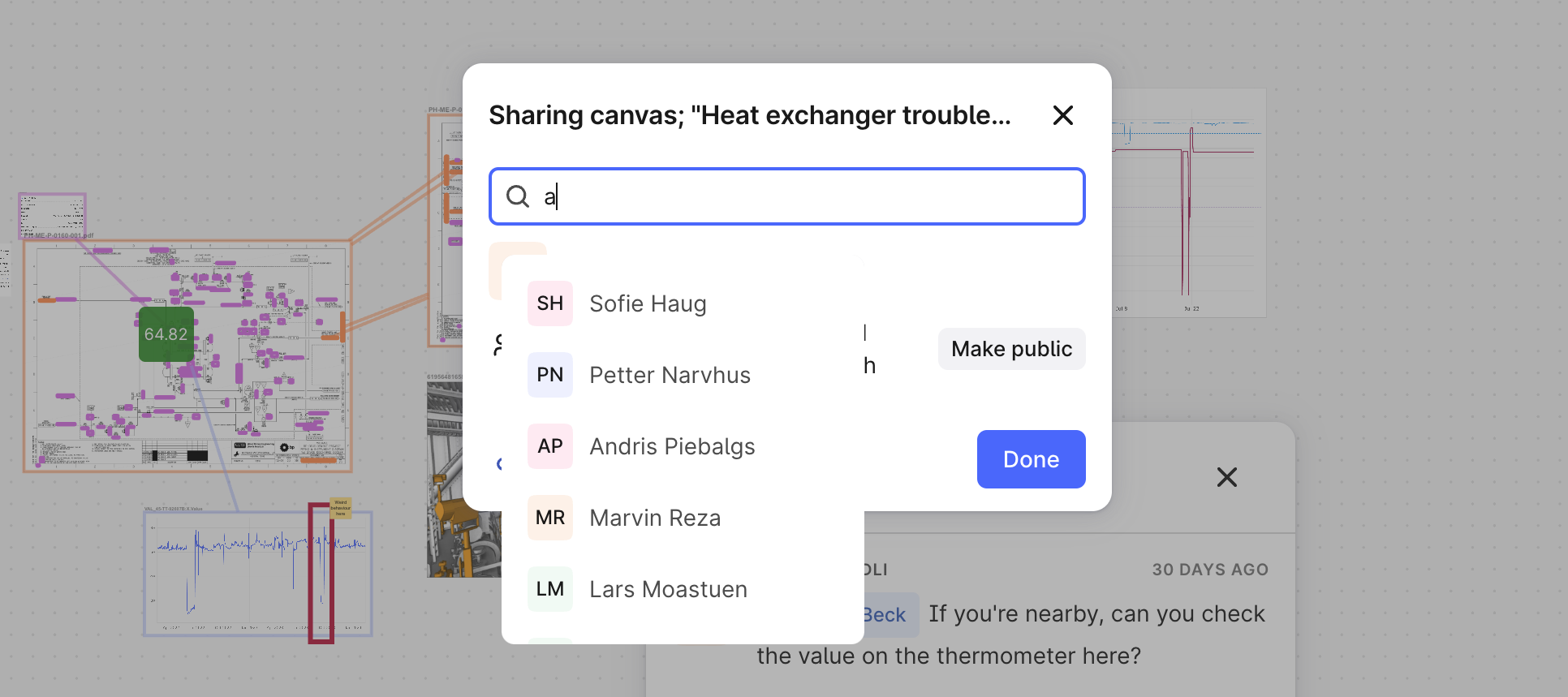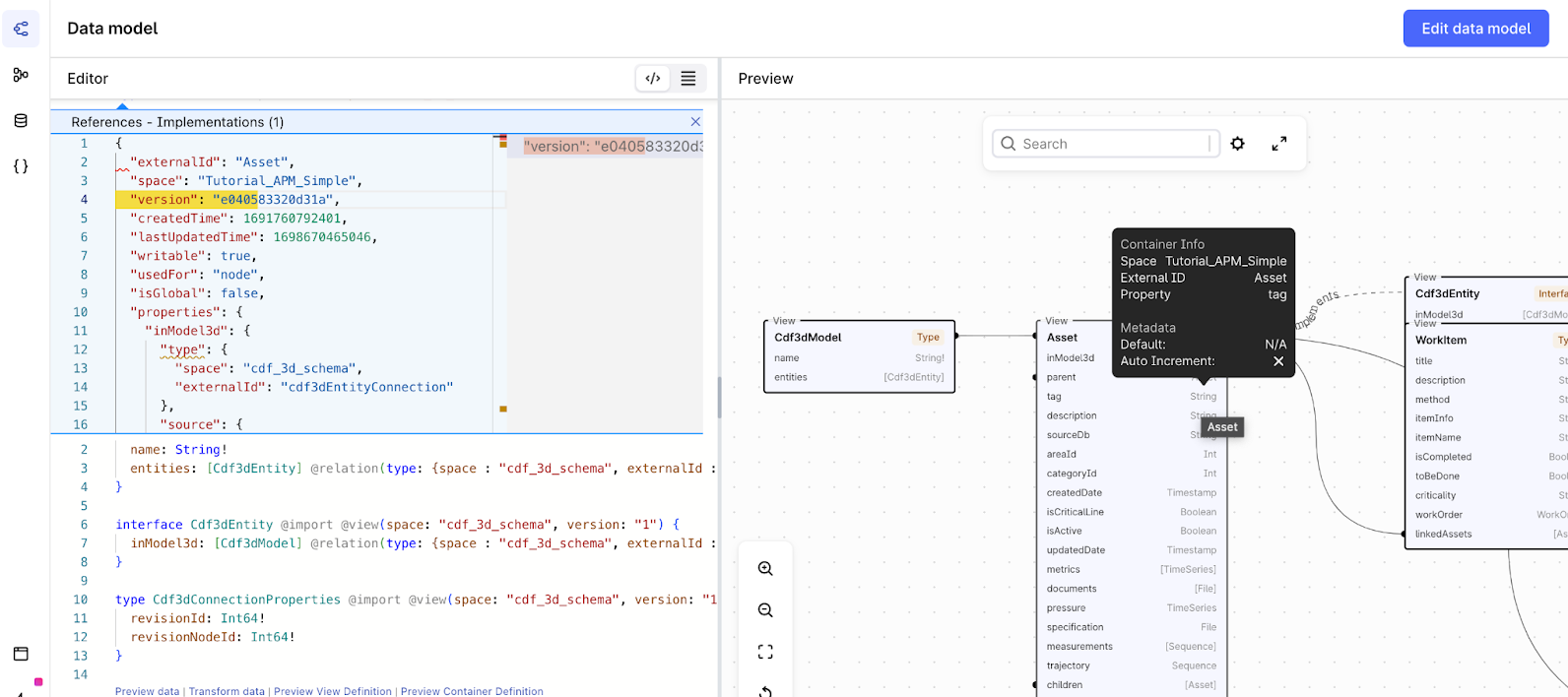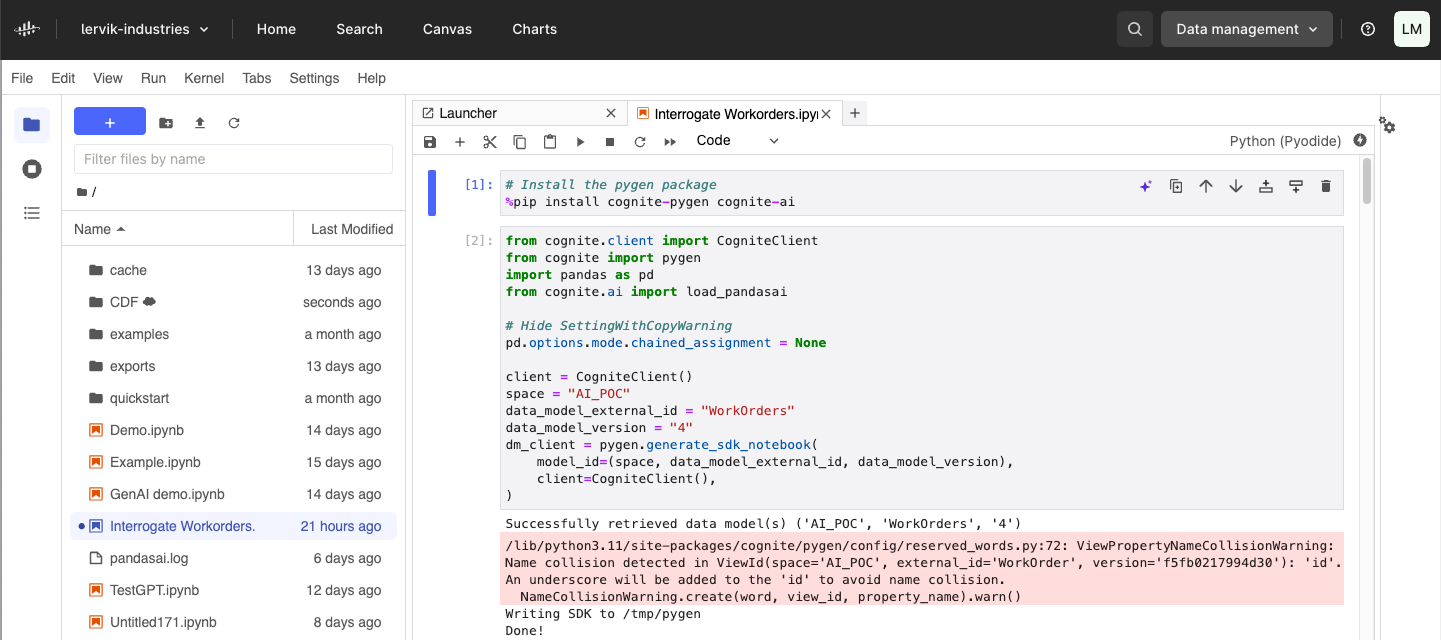Gain Deeper Data Insights with New Inspection end-points for Views and Containers
We're excited to announce the release of powerful new features in our APIs that empower you to gain deeper insights into your data and simplify container management. With these new tools, you can: See how different parts of your schema connect. Find out exactly what data is in your instances. Get a clear picture of your data structure. Make informed decisions when deleting data, knowing the full impact. Easier Container Management (DMS API only): Identify Linked Views: Effortlessly locate all views associated with a particular container. Comprehensive View Count: Gain an accurate total of all views connected to a container, including those potentially outside your access. Inspecting Instances (DMS API only): Pinpoint Data Containers: Quickly identify which containers store data for a specific instance. Mapped View Clarity: Easily see the views that map the containers housing your instance data. These innovative features empower you to: Strengthen Data Understanding: Gain deeper knowledge about your data structure and relationships for improved decision-making. Boost Efficiency: Save time and effort with intuitive inspection tools that provide a clear view of your data. Get started exploring your data like never before! We encourage you to review the updated documentation for detailed instructions on leveraging these exciting new functionalities.


 Check the
documentation
Check the
documentation Ask the
Community
Ask the
Community Take a look
at
Academy
Take a look
at
Academy Cognite
Status
Page
Cognite
Status
Page Contact
Cognite Support
Contact
Cognite Support
